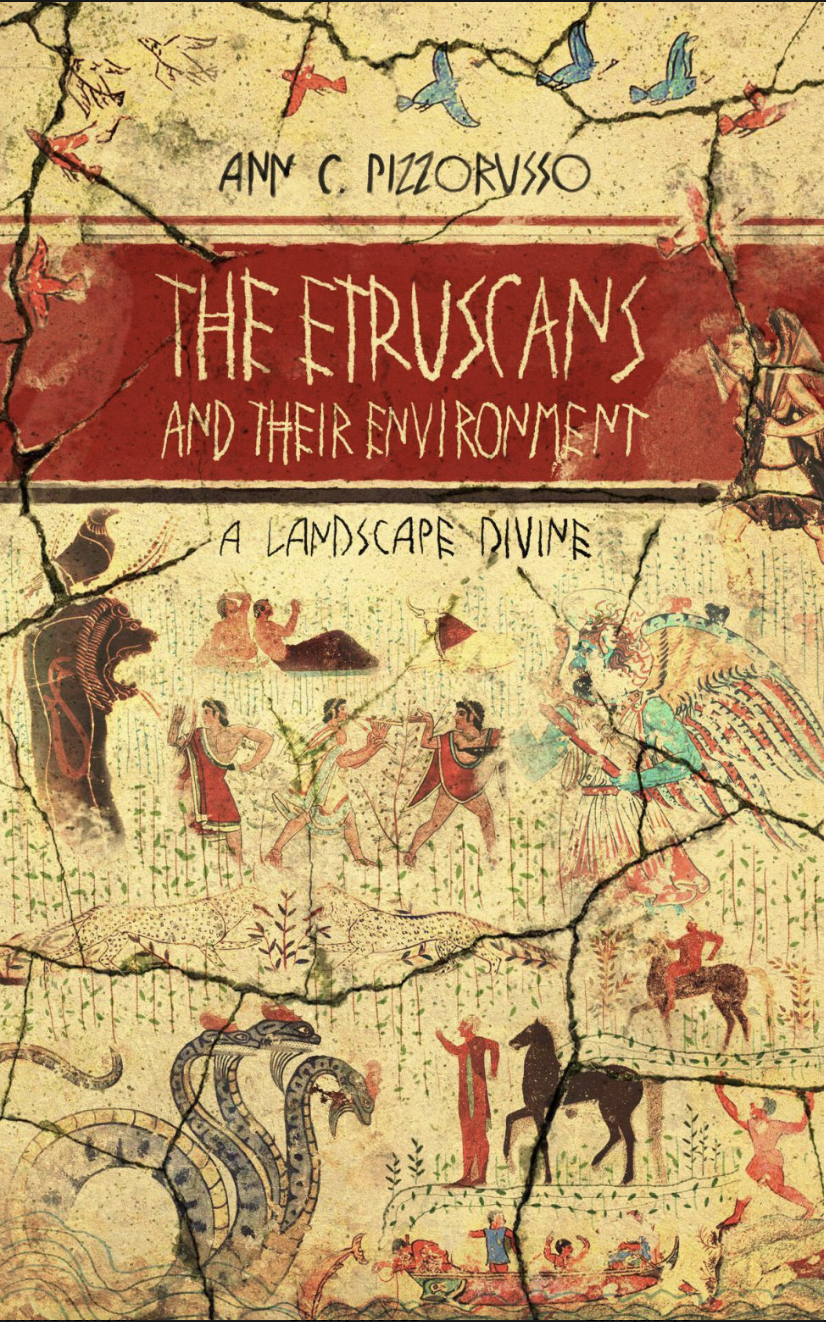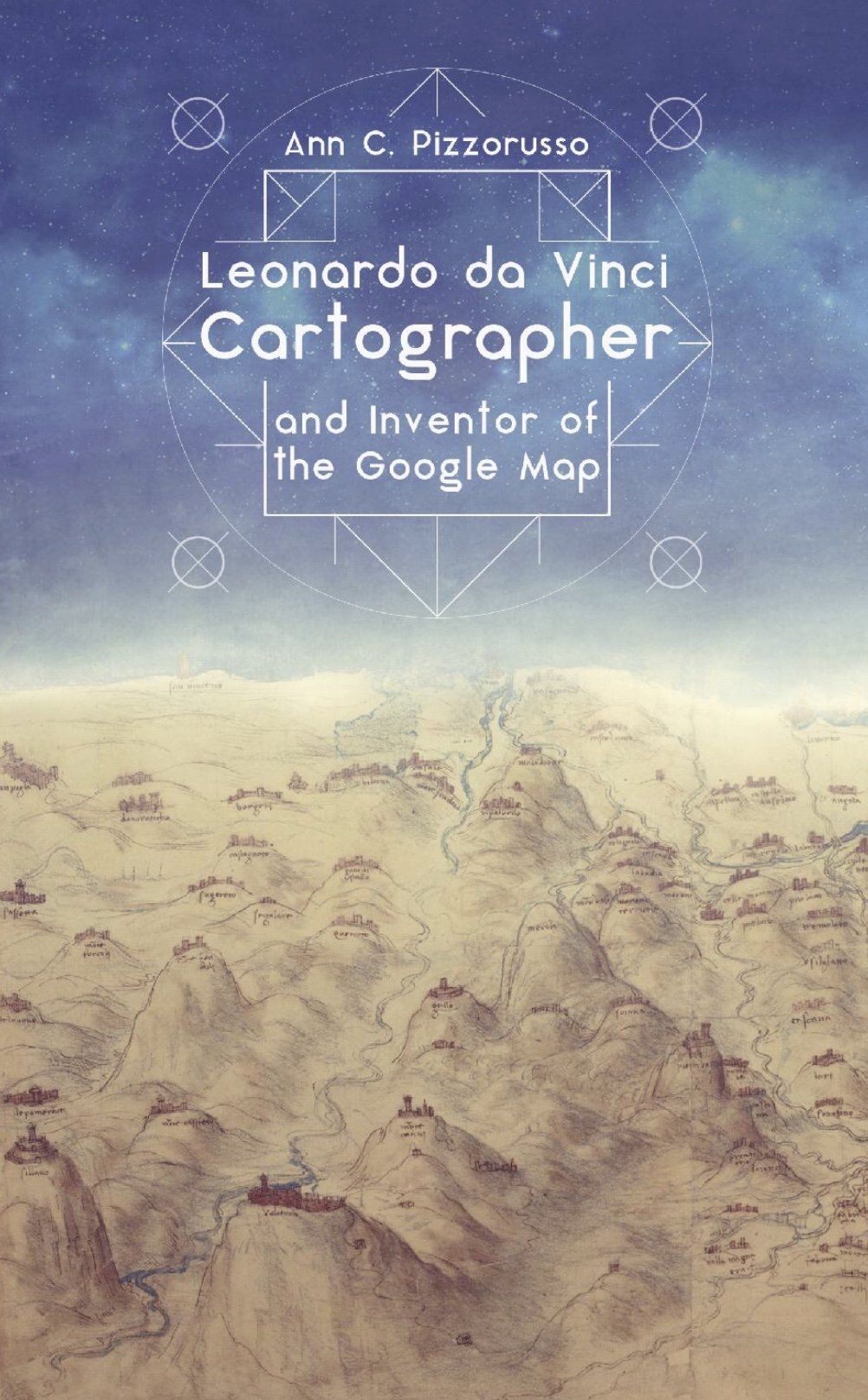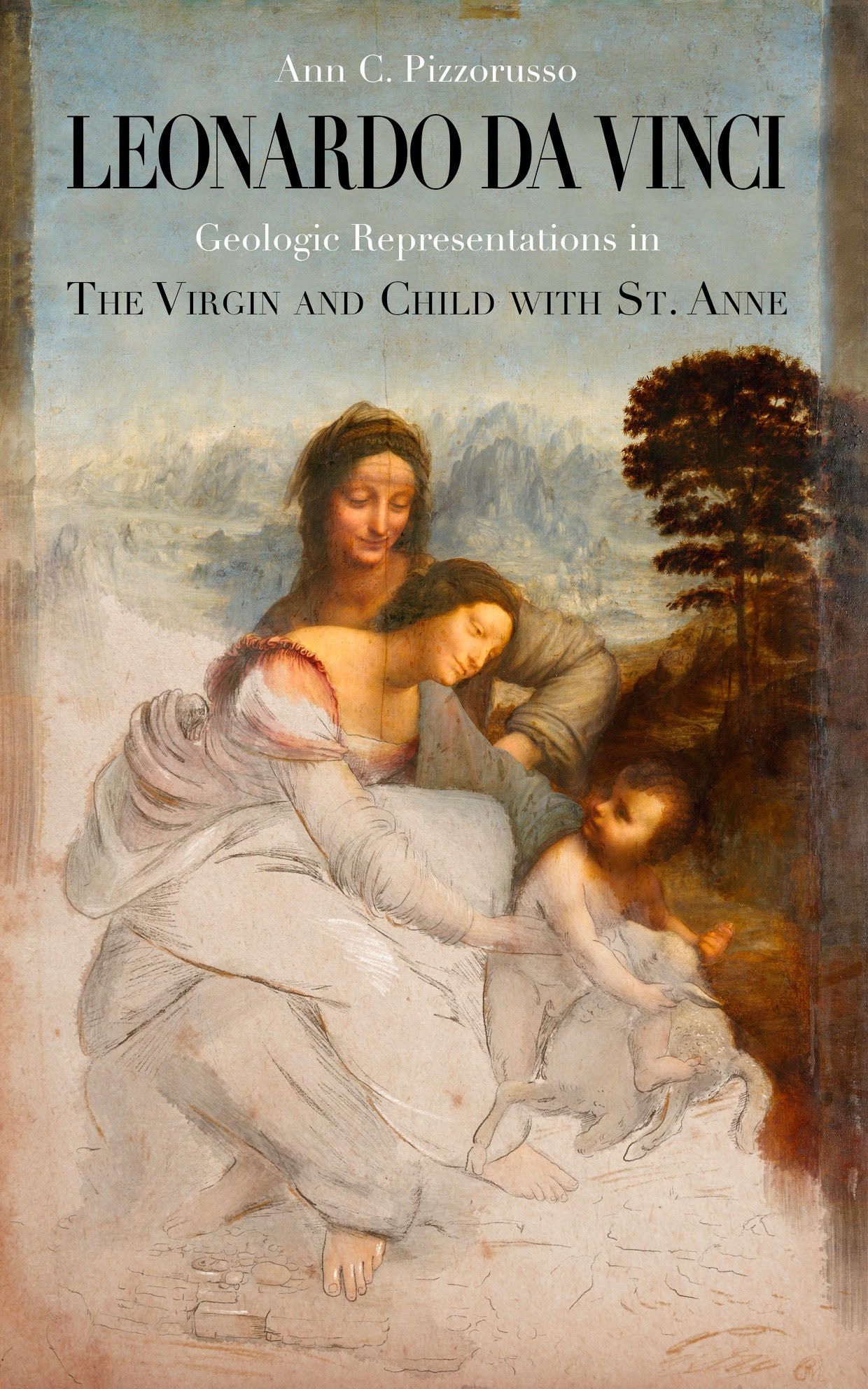Leonardo da Vinci
Cartographer and Inventor of the Google Map
We can access any location on Earth with a simple click on our computer or cell phone. This wasn’t always the case, but it was always a desire, for man has continually sought to understand the extent of the Earth and his place on it. While this is not a treatise on the history of cartography, it will serve to show the vital importance of maps and the little known, but extraordinary accomplishments of Leonardo da Vinci as a cartographer. Since many examples of his maps survive today, (with an extensive collection in the Royal Collection Library at Windsor Castle) we can appreciate not only his skill, but the instruments he invented to achieve nearly perfect accuracy in his measurements. He melded his knowledge of geology, engineering, surveying, hydrology, and of course art to revolutionize cartography. We can see his innovations on every map we use today and can even name him the inventor of the Google Map.
Book review
by Kate Robinson
"Through Leonardo’s ability to draw upon his capabilities in many fields and manifest his creativity with startling innovations, he revolutionized the field of cartography."
This essay-length book explores the mapmaking interests of the great Renaissance painter and polymath Leonardo da Vinci (1452-1519), who melded his artistic skills and his knowledge of military architecture and engineering, geology, hydrology, and surveying to revolutionize cartography. His 1502 street plan of Imola, a city used as headquarters of a military campaign by Cesare Borgia, is a pen and ink drawing enhanced by colored washes and noted for its accuracy as compared to a current map by Google. In fact, it is considered the first mathematically accurate topographical rendering of a city in cartographic history. Da Vinci also produced many maps related to his studies of the flow and diversion of water. “In the ensuing years, [da Vinci] worked on imaginative innovations which allowed him to create maps which had never been produced before, were only imitated a half-century after his death, and whose symbols and coloration form the base of every map we have today.”
Geologist and Italian Renaissance scholar Pizzorusso includes a bibliography of sources for this brief history of mapmaking and the overview of da Vinci’s cartographic skills and influence upon the discipline. This book is a good starting place for readers interested in da Vinci’s little-known influence upon mapmaking and the historical significance of his work as applied to modern life. Cartographic skills in his lifetime and in previous eras equaled “power, wealth, protection, and conquest,” attributes we think little about today as we effortlessly use our digital device GPS programs to navigate walking and driving routes through our cities or browse topographical maps of more remote places while hiking or accessing waterways. One can more deeply appreciate our dependence upon accurate maps by reading Pizzorusso’s work.









